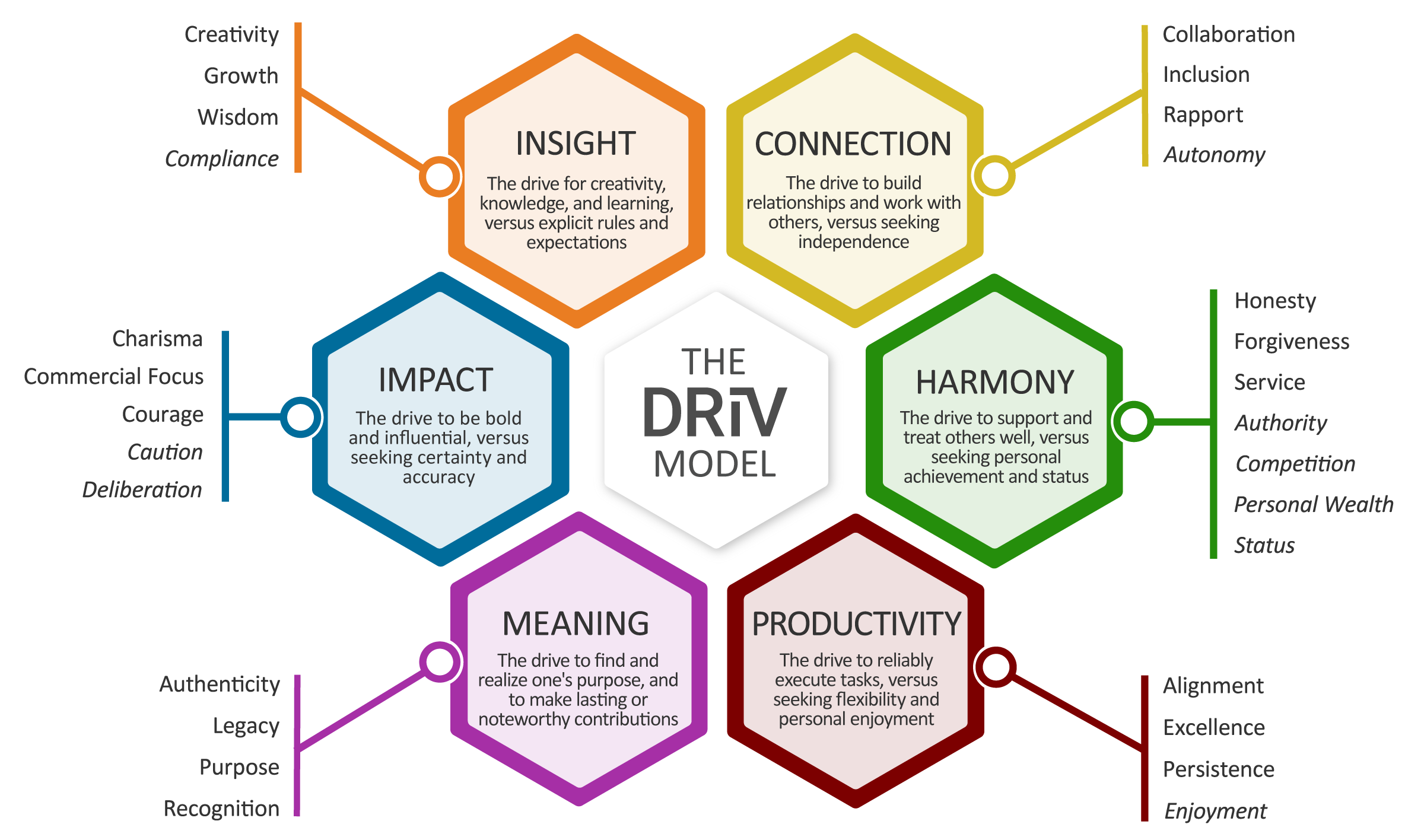The Great Resignation
The COVID-19 pandemic has changed work as we know it. Workplaces were forced online for the safety of everyone–only then to realize that many people prefer working from the comfort of their own homes. We also learned that people are equally as productive while doing so. Now workplaces all over are struggling to get people back to the physical workspace–and in some cases the challenge is finding and keeping workers on the payroll at all. Workplaces and employers have historically had the power to dictate most of the workplace experience–where work took place; what it looks and sounds like; how much–in money and benefits–was fair compensation? A massive shift is underway in the United States’ labor market finding workers opting NOT to work and becoming more selective about the work they choose. While this great resignation is happening all up and down the organizational chart and across industries, these labor disruptions are being seen and felt more acutely in and from younger workers and in the service sectors. This labor shift is unprecedented in American history, and it is a complicated issue to approach. OKA is doing a two-part commentary to address this exciting and challenging new workplace reality. This blog is one half of OKA’s response, and a free Webinar is the other half.
What is driving folks toward (or away from) work?
The DRiV
The DRiV is a new, industry-leading tool that assesses motives, drivers, and drainers. The tool is composed of 28 individual drivers–motivations that are ranked in order by how much they either energize or drain us. Motives refer to the conscious (or unconscious) needs that drive what we do. Behaviors are what we do, what we say and how we act, and the DRiV shines a light on the forces beneath–the drivers–of those behaviors. What is important to you? What makes you tick?
A company is far more likely to succeed if every employee is put in a position where their drivers are satisfied and their drainers are avoided to the extent possible. That kind of job fit cannot happen if employees are not properly understood. The best way to truly understand someone is to be familiar with what is driving them.

This recent labor market migration has shown that workers across all industries are gaining agency and the ability to work in a place and in such a way that fits better what they want. This is where the DRiV comes into the picture; the DRiV is a tool specifically designed to help everyone better understand what drives and drains them in work and more broadly in life.
Regarding employers’ efforts to find and retain workers, (and perhaps to influence workers to physically return to the workplace,) all 28 drivers within the DRiV offer useful insight, but we’ve decided to highlight 9 specific drivers that each have particular power to pull a person toward work (or push them away). These 9 drivers are Growth, Collaboration, Autonomy, Alignment, Enjoyment, Authenticity, Legacy, Purpose, and Recognition. This article will discuss 4 of these drivers (Growth, Collaboration, Autonomy, and Alignment). The other 5 (Enjoyment, Authenticity, Legacy, Purpose and Recognition) are at the center of a free webinar by President and CEO Hile Rutledge on Wednesday, December 15th, 12pm-1pm EST.
To clarify: there is no magic bullet. These drivers are not secret levers that an employer can touch to manipulate an employee toward some desired end. Rather, these drivers are keys to explaining why any one person is moving toward this job or that job–or away from it. What is important to me, and why is that same thing not important to you? When workers are empowered to make decisions that better speak to their own needs and desires, it becomes important for leaders and employers to listen up and come to understand what these drivers are and to–when possible–create a workplace that people will be driven to be a part of.
Growth
Growth is the drive to learn and develop–to get better and be better, to grow and to move on to the next level or the next thing. Embedded within the Growth driver are strains of curiosity, ambition and optimism–the Growth driver is an engine forward. People driven by Growth would be attracted to work that would feed their drive to develop and learn. People talking about and positioning themselves for learning and development opportunities are likely high Growth, and of course, high Growth people are looking for and respond well to opportunities that engage their engines and get some forward momentum.
Conversely, folks who are drained by Growth are more content with the status quo and have no need for the next challenge or for Thursday to be markedly different from Wednesday. Low Growth folks–those who find Growth draining (half of the population)–are or would be put off by a position that emphasized learning, development and/or an increasingly shifting and complexifying set of duties. People drained by Growth would be more attracted to employment that allowed for a predictable, stable, and pretty unchanging work world. While employers rarely frame or advertise positions this way, the reality is that many–if not most–positions within organizations settle quickly into pretty routine, stable gigs. Thus most jobs–if accurately framed–would appeal to average to low Growth people (which is most of the population).
Collaboration
Collaboration is the drive to be and work around other people–to share your work with others and be a part of a team or group. People driven by Collaboration are attracted to work that plugs them into a group of people working together toward some end. People who talk about or seem attracted to the opportunity of working within a connected group of people are likely high Collaboration, and of course, high Collaboration folks would be attracted to a job that would have them work as a part of a larger whole–a team that shares work and performs tasks collectively.

On the flip side, those drained by Collaboration are burdened by group interactions and inefficiencies and interdependencies that team engagements bring. Low Collaboration folks are more content with work that allows them to work independently or even alone. Those who find Collaboration draining would be repelled by a position that required high group involvement. “Are you a team player?” That is classic interview question, and the expected answer is an enthusiastic “yes,” but low Collaboration folks (half of the population) would much prefer a work environment that allowed them to work by themselves.
Autonomy
Related to Collaboration, Autonomy refers to the drive to control your own work–what you do and how and when you go about it. People driven by Autonomy are attracted to jobs and duties that allow them to work independently and to control their own work. Chafing against the direction and dictates of others–bosses, clients, team mates–high Autonomy folks like finding and moving at their own pace down their own paths. People showing and talking about their own independence and the desire for freedom are likely high Autonomy, and of course, high Autonomy people are looking for and respond well to opportunities that engage their sense of self-determination and their desire and ability to work well alone.

Conversely, folks who are drained by Autonomy are more content with guidance and being told what the expectations, procedures and boundaries are. Low Autonomy folks look to have guidance and direction given to them from their leadership and/or the team structure around them. Low Autonomy folks (half of the population) are or would be put off by a position that pushed them to operate and make decisions on their own. People drained by Autonomy would be more attracted to employment with ample support and guidance in which boundaries and procedures were established and clear.
Alignment
Alignment is the drive to hang together with and to move in accordance with those around you–to conform to expectations and norms and to sing off the same sheet of music as those around you. High Alignment folks like being a part of a system or group that has a binding identity–to be one of. People driven by Alignment would be attracted to work that would feed their drive to join and to be a part of a group with some sense of identify. People talking about and positioning themselves for group identity and community are likely high Alignment, and of course, high Alignment people are looking for and respond well to opportunities that come with group expectations, norms, and a collective culture into which the individual can settle.

Folks drained by Alignment are more content with ignoring or even pushing against expected norms or procedures–often enjoying or even taking pride in walking a step off the beat to which the larger group is moving. Low Alignment folks–those who find Alignment draining (half of the population)–are or would be put off by a position that emphasized conformity, norms, traditions, and adherence to group identity (uniforms and team/company rituals, for instance). People drained by Alignment would be more attracted to employment that not just allowed, but expected and rewarded uniqueness and individuality.
In summary…
To reinforce the main idea of this article & webinar combo: before you can find, attract, and keep workers, you must know what motivates them. The purpose of the DRiV is not to evaluate the quality of a worker or the company, or to forecast success. There are no situations where high or low drivers–by themselves–lead to failure or success. In fact, the DRiV can be used to understand how we all have different definitions of success. The purpose of the DRiV is to make other people and ourselves easier to recognize and understand through an accessible and shared vocabulary.
An individual who is drained by a driver that the organization tends to prize is not doomed to fail. Diversity–when understood and embraced–actually is a strength, but only when the group and its members know how to tap into these unique differences. If you ask a fish to climb a tree without realizing it is a fish, not only will the task not be completed, but you will setting up the fish to believe itself incompetent. The DRiV won’t magically allow you to create a new workplace culture, but it will allow you to understand it as it exists, and that’s the best first step. For the second component of this piece by OKA, please tune into our FREE Webinar hosted by Hile Rutledge, on December 15th, from 12pm-1pm EST.

Leave a Comment